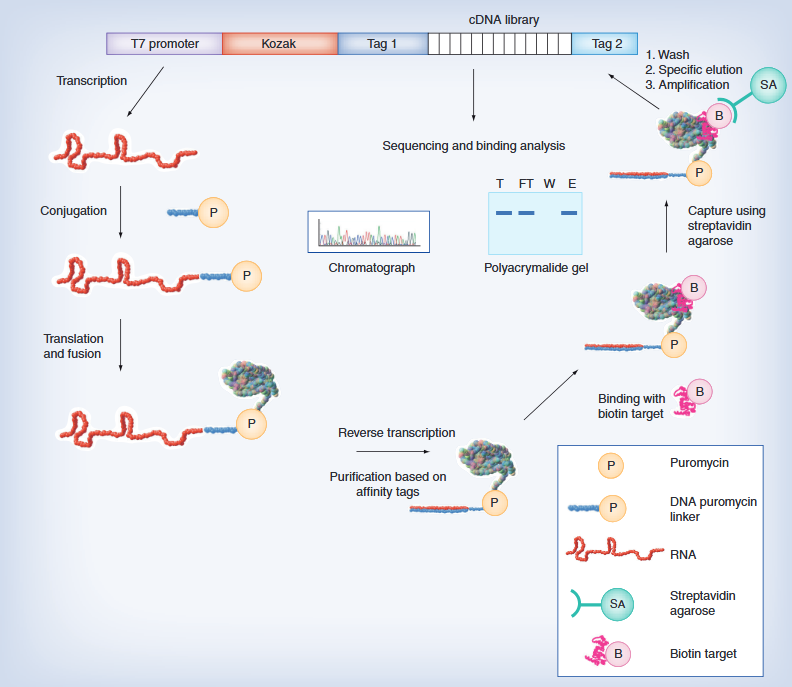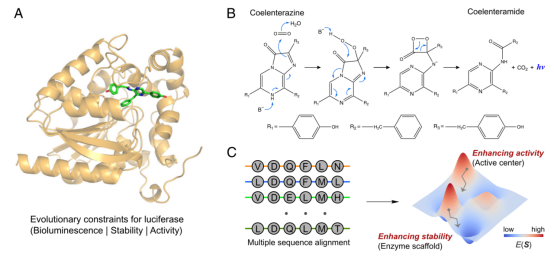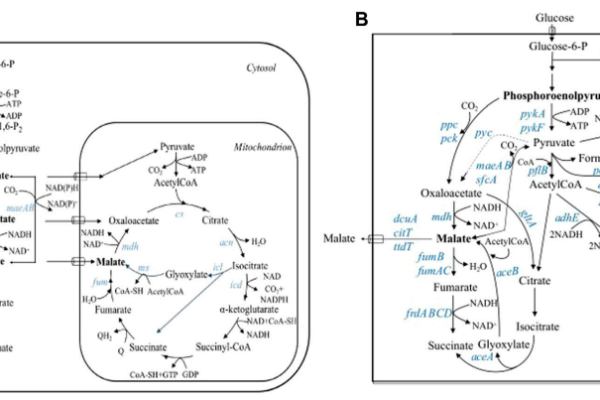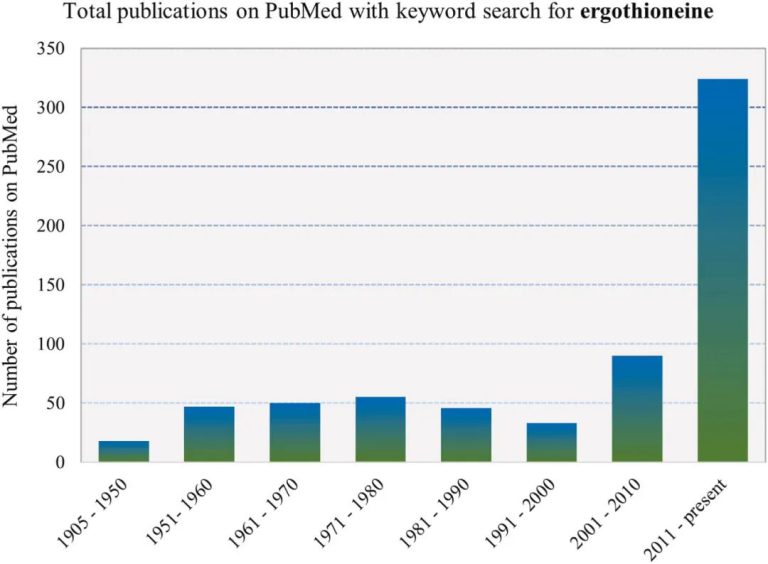
For the first time, a brand new enzyme was designed from scratch using AI, which can achieve ultra-high performance and unlimited quantity
Organisms use enzymes to decompose or synthesize substances under mild conditions, often without relying on toxic compounds or extreme high temperature conditions, making them known as “perfect chemists”. However, due to the complexity and variability of enzyme reaction mechanisms, designing their synthesis is one of the most challenging tasks in biochemistry. On February 22nd, David…



























